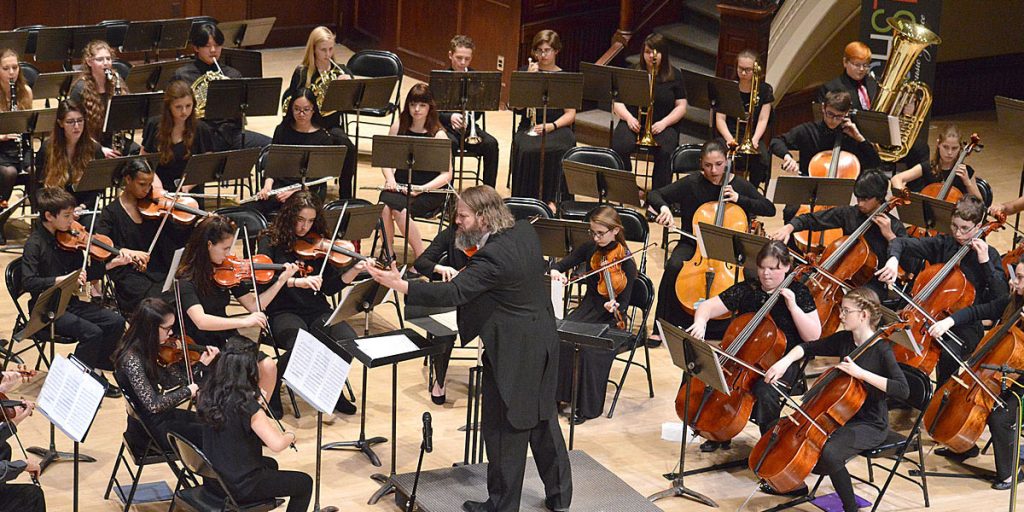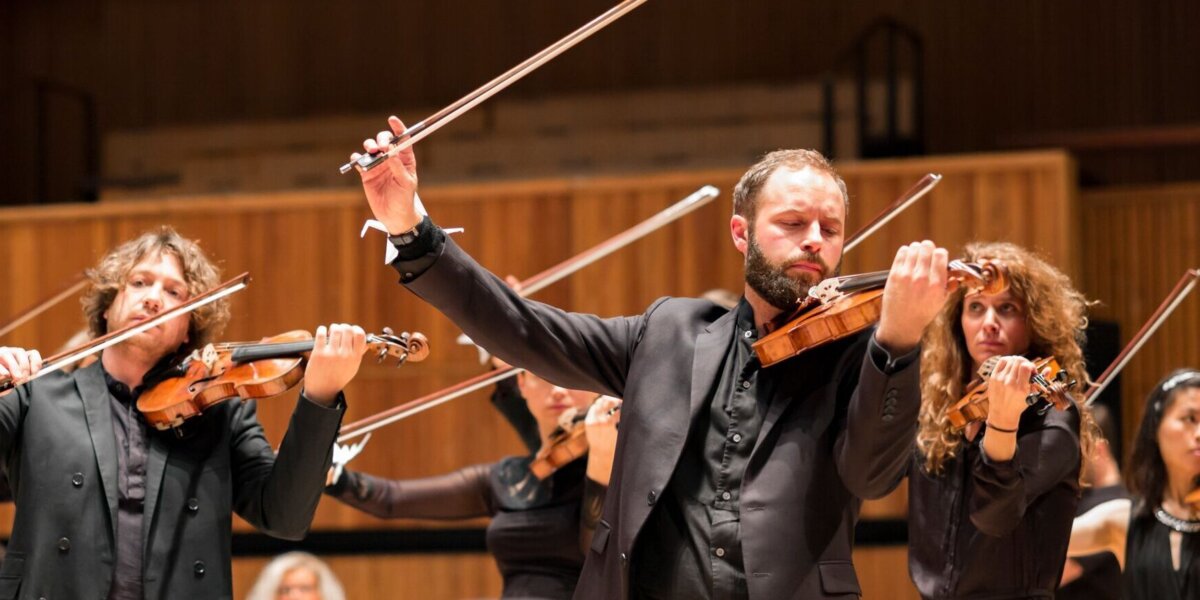
Mastering Harmony: The Art and Craft of Orchestral Performance
Orchestral performance stands as a pinnacle of musical artistry, bringing together a diverse ensemble of musicians to create a symphonic tapestry of sound that captivates and inspires audiences around the world. From the majestic sweep of a symphony to the intimate nuances of a chamber ensemble, orchestral performance showcases the power of collaboration, precision, and expression in bringing musical compositions to life. In this comprehensive article, we delve into the intricate world of orchestral performance, exploring its history, structure, and the remarkable journey of musicians who dedicate their lives to mastering this timeless craft.
The Origins and Evolution of Orchestral Performance
The roots of orchestral performance can be traced back to the courtly ensembles of the Renaissance and Baroque eras, where musicians would gather to entertain royalty and nobility with elaborate compositions and arrangements. These early orchestras typically consisted of a small ensemble of string instruments, such as violins, violas, cellos, and double basses, augmented by wind instruments such as flutes, oboes, and horns. Over time, the orchestra evolved and expanded in size and scope, incorporating a wider range of instruments and adopting standardized instrumentation and seating arrangements.
The Classical era saw the emergence of the modern symphony orchestra, characterized by its standardized instrumentation, hierarchical structure, and formalized performance practices. Composers such as Wolfgang Amadeus Mozart, Ludwig van Beethoven, and Franz Joseph Haydn wrote symphonies, concertos, and chamber music that showcased the virtuosity and versatility of the orchestra, pushing the boundaries of musical expression and innovation. The symphony orchestra became the centerpiece of concert life in Europe, performing in prestigious venues such as concert halls, opera houses, and royal courts, and garnering widespread acclaim for its technical prowess and artistic excellence.
Structure and Dynamics of Orchestral Performance
Orchestral performance is a highly structured and collaborative endeavor that requires meticulous planning, rehearsal, and coordination among musicians, conductors, and support staff. At the heart of the orchestra is the conductor, who serves as the artistic director and leader of the ensemble, responsible for interpreting the composer’s intentions, shaping the musical interpretation, and coordinating the efforts of the musicians. The conductor communicates with the orchestra through a series of gestures, cues, and expressions, guiding the ensemble through tempo changes, dynamics, and phrasing to achieve a unified and cohesive performance.
The orchestra is divided into sections, each comprising a group of instruments that share similar characteristics and functions. The string section, typically located at the front of the stage, forms the foundation of the orchestra, providing the rich, resonant sound that anchors the ensemble. The woodwind and brass sections, situated behind the strings, add color, texture, and expressive power to the orchestral sound, while the percussion section provides rhythmic drive, accents, and dramatic effects. Each section is led by a principal player, who serves as the leader and spokesperson for their respective group, ensuring unity of purpose and execution within the ensemble.
Musicians in an orchestra are trained professionals who have dedicated years of study and practice to mastering their craft. They possess exceptional technical proficiency, interpretive skills, and artistic sensibility, allowing them to bring the composer’s vision to life with nuance, precision, and emotional depth. Rehearsals are an integral part of the orchestral process, providing musicians with the opportunity to refine their interpretation, polish ensemble playing, and address technical challenges under the guidance of the conductor. Through disciplined rehearsal and collaboration, orchestral musicians strive to achieve a seamless and transcendent performance that transports audiences to new realms of beauty and emotion.
The Impact and Significance of Orchestral Performance
Orchestral performance holds a special place in the cultural fabric of society, serving as a source of inspiration, enlightenment, and entertainment for audiences of all ages and backgrounds. From the majesty of a Beethoven symphony to the intimacy of a Mozart concerto, orchestral music has the power to evoke a wide range of emotions and experiences, transcending linguistic, cultural, and temporal boundaries. Orchestral performance fosters a sense of community and shared humanity, bringing together individuals from diverse walks of life to experience the transformative power of music in a collective setting.

Moreover, orchestral performance plays a vital role in education and outreach, providing opportunities for learning, engagement, and cultural enrichment in schools, communities, and concert halls around the world. Many orchestras offer educational programs, workshops, and youth ensembles that introduce young people to the joys of classical music and inspire the next generation of musicians and music lovers. Outreach initiatives such as free concerts, community residencies, and collaborative partnerships with schools and social organizations aim to make orchestral music accessible and inclusive, reaching underserved populations and fostering greater diversity and participation in the arts.
The Role of Innovation in Orchestral Performance
Innovation plays a crucial role in shaping the future of orchestral performance, driving artistic excellence, audience engagement, and accessibility in the digital age. Orchestras are embracing new technologies and digital platforms to expand their reach and connect with audiences in innovative ways. Virtual concerts, live streaming, and online platforms enable orchestras to reach global audiences and engage with fans beyond the confines of traditional concert halls. Additionally, interactive experiences such as virtual reality concerts and augmented reality installations offer immersive and personalized ways for audiences to experience orchestral music, creating new avenues for artistic expression and audience engagement.
Furthermore, orchestras are exploring innovative approaches to programming and repertoire selection to attract diverse audiences and appeal to contemporary tastes and interests. Collaborations with artists from diverse genres such as jazz, hip-hop, and world music, as well as interdisciplinary projects that integrate music with other art forms such as dance, theater, and visual arts, offer fresh perspectives and new possibilities for artistic exploration. By embracing innovation and experimentation, orchestras can continue to evolve and thrive in an ever-changing cultural landscape, inspiring audiences with bold and visionary performances that push the boundaries of artistic expression and creativity.
Conclusion
Orchestral performance is a testament to the power of collaboration, creativity, and human expression, showcasing the beauty and potential of the human spirit. Through disciplined practice, artistic vision, and unwavering dedication, orchestral musicians create transcendent moments of beauty and inspiration that resonate with audiences across cultures and generations. As we continue to celebrate and support the art of orchestral performance, let us recognize its profound impact on our lives and communities, and reaffirm our commitment to preserving and nurturing this timeless tradition for generations to come.
